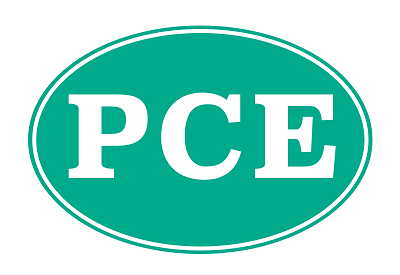
Date posted: 15th May 2023
One of the consequences of the increase in corporate tax from 1 April 2023, is that you also need to consider the impact of any associated companies – in very basic terms companies under common control.
Remind me of the new rates…..
Prior to 1 April 2023, companies regardless of size or profits, paid a flat rate of 19%. Now, there are different tax bands, similar to personal tax.
For a stand alone company, the tax bands and rates, post 1 April 2023 are as follows:
Profits |
Tax rate |
| £0-£50,000 | 19% |
| £50,000 – £250,000 | 26.5% |
| £250,000 + | 25% |
There are slightly different rates depending upon a non-twelve month accounting period and where the accounting period straddles 1 April 2023. We are simply assuming the company has a year end of 31 March 2024.
Example 1
If you have a company with £500,000 profits, then your tax bill as a simple comparison has increased from £95,000 to £125,000.
If this profit is from say ten different trades with equal profits, you may come up with a “cunning ruse” to separate the trades into ten companies, which each then pay 19% tax on £50,000 of profits – thus getting you back to where you were. Leaving aside any issues on the transfer of trades between connected companies and the fact that the accountancy fees may have increased considerably, this won’t save work to save tax.
This is because where there are associated companies, the above limits are divided by the number of active associated worldwide companies. Thus, per company, the above limits become:
Profits |
Tax rate |
| £0-£5,000 | 19% |
| £5,000 – £25,000 | 26.5% |
| £25,000 + | 25% |
Hence the same outcome – tax overall of £125,000.
What does this mean for payments of tax?
Most companies will pay corporate tax 9 months after the year end. However, where the companies profits exceed a certain threshold, they may be required to pay quarterly instalments of corporate tax.
At the moment, a stand alone company will only pay quarterly instalments where profits exceed £1.5m (although there is a grace period for the first year that this happens unless profits exceed £10m for the year – again pro-rated if the accounting period is less than 12 months). However, where there are associated companies, that £1.5m limit is divided by the number of associated companies.
Example 2
Let’s say three stand-alone (i.e. non-grouped) commonly controlled companies each make £600,000. Prior to 1 April 2023, these companies would each have paid corporate tax 9 months after the year end.
However, post 1 April 2023, they need to start planning for paying tax quarterly as each company is over the threshold required to pay quarterly instalments (£500,000 i.e. £1,500,000 / 3). Assuming the companies have a year end of 31 March 2024, then the 2024 year would likely be the “grace” period and they would need to start paying quarterly instalments for the year to 31 March 2025, with the first instalment due on 14 November 2024 i.e. before the corporate tax is paid for the year to 31 March 2024 on 1 January 2025.
Companies therefore need to consider the cashflow impact of these measures as well as the increased tax cost.
As ever, if you have any queries, please contact us.


